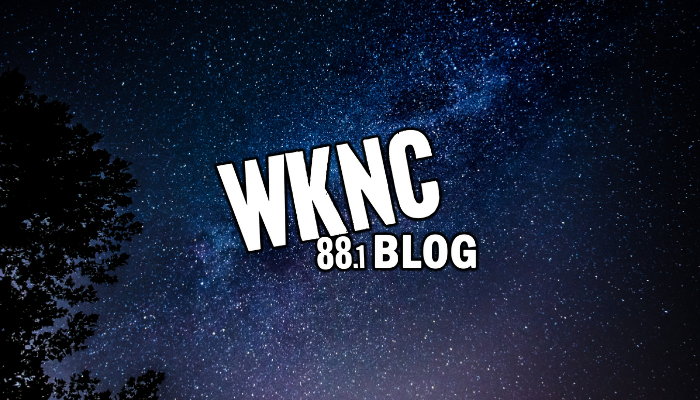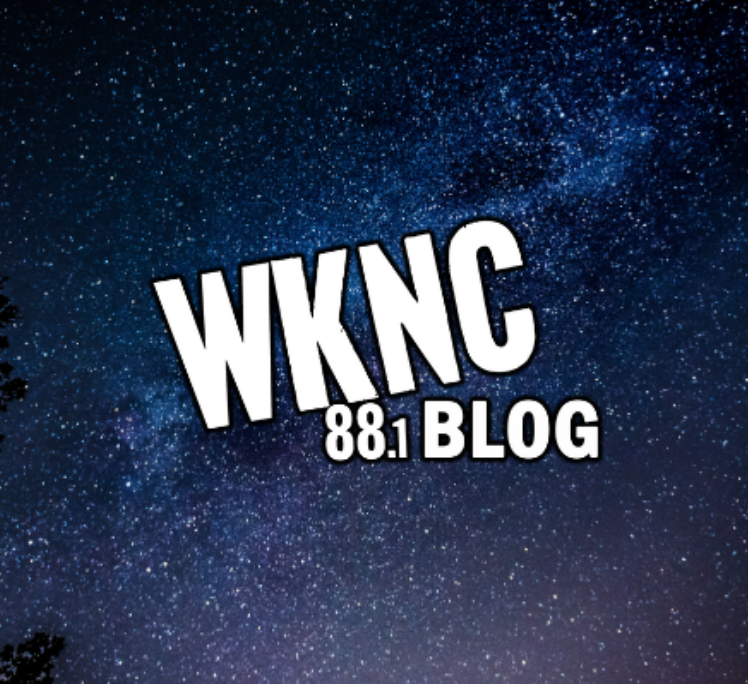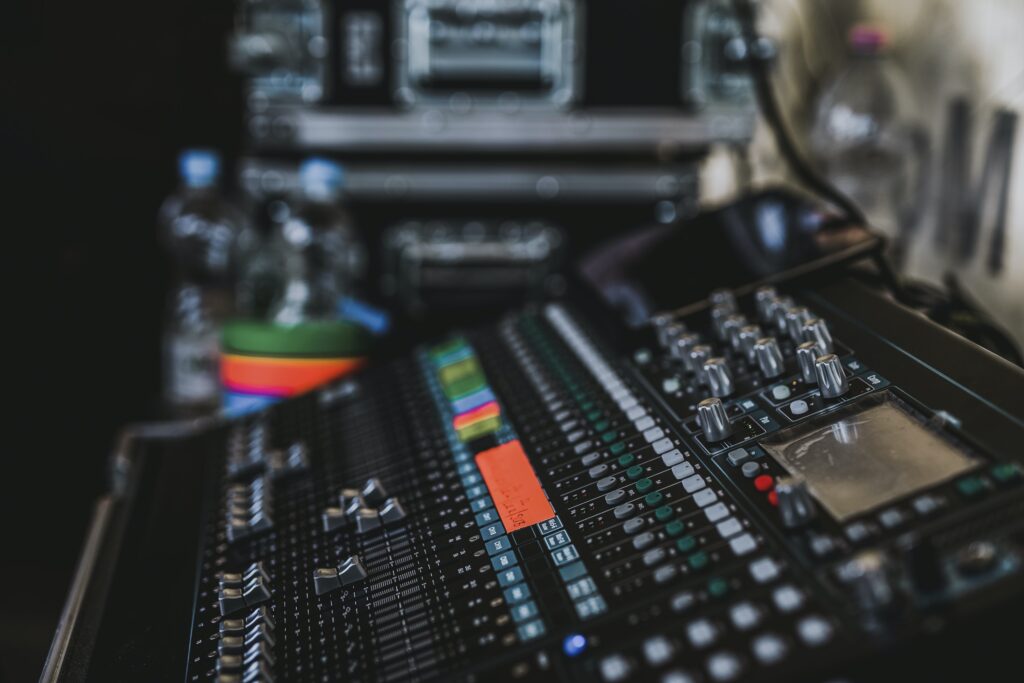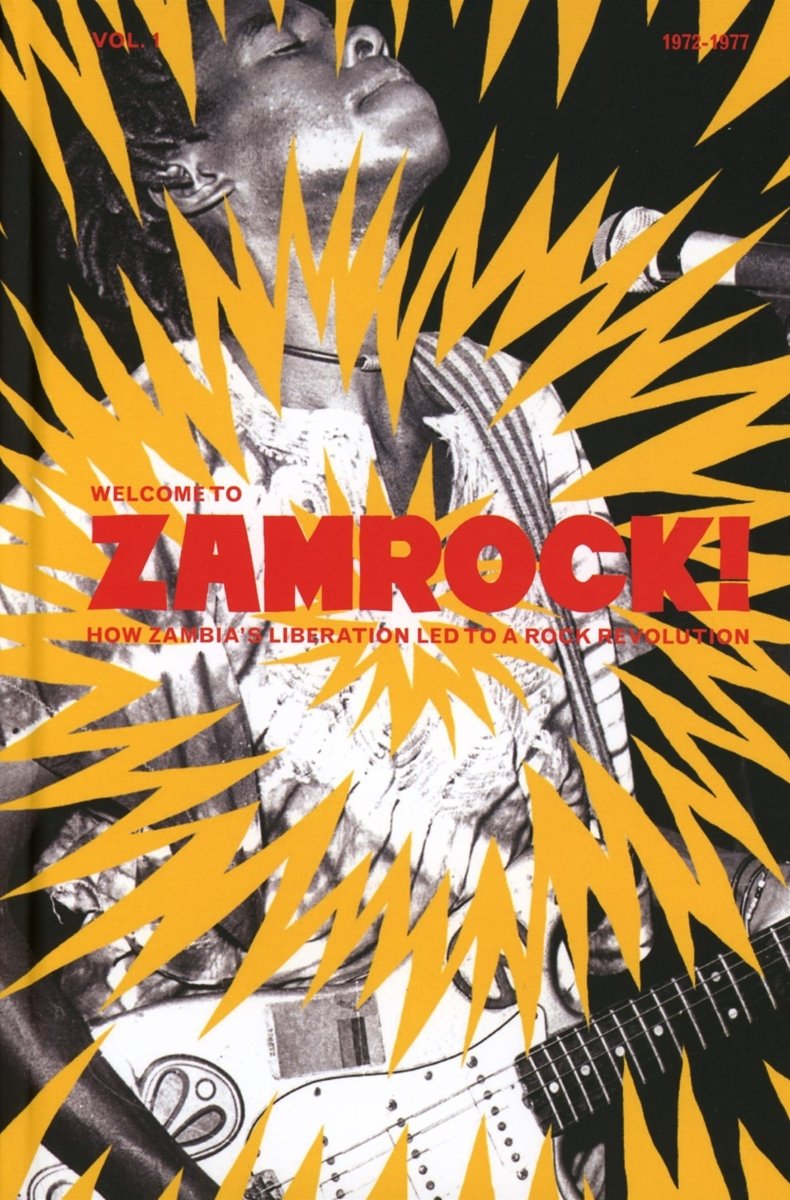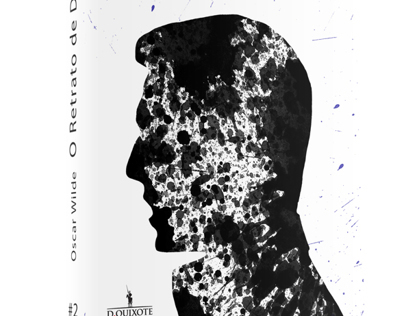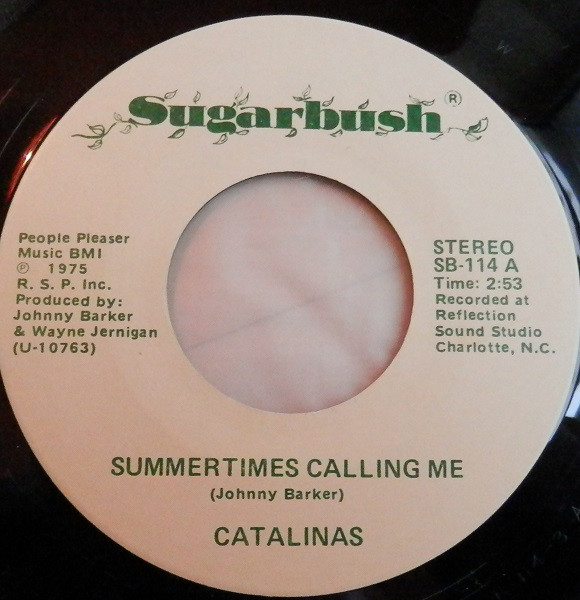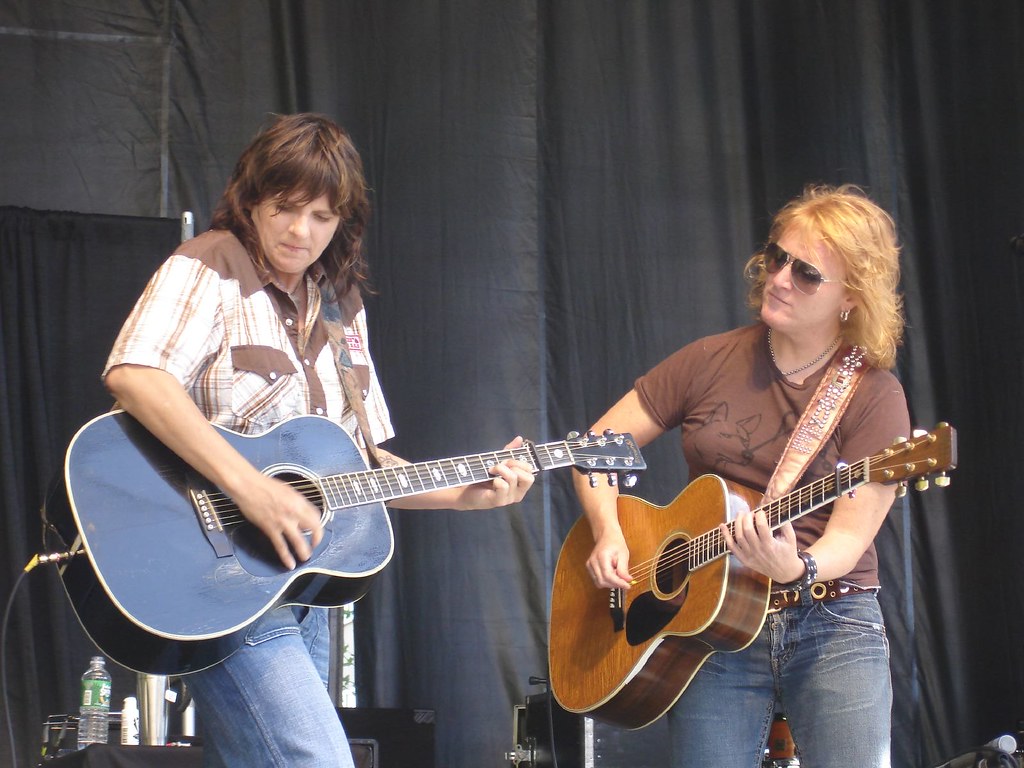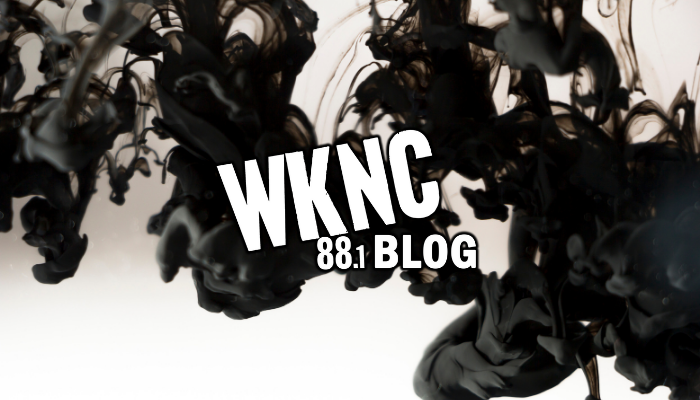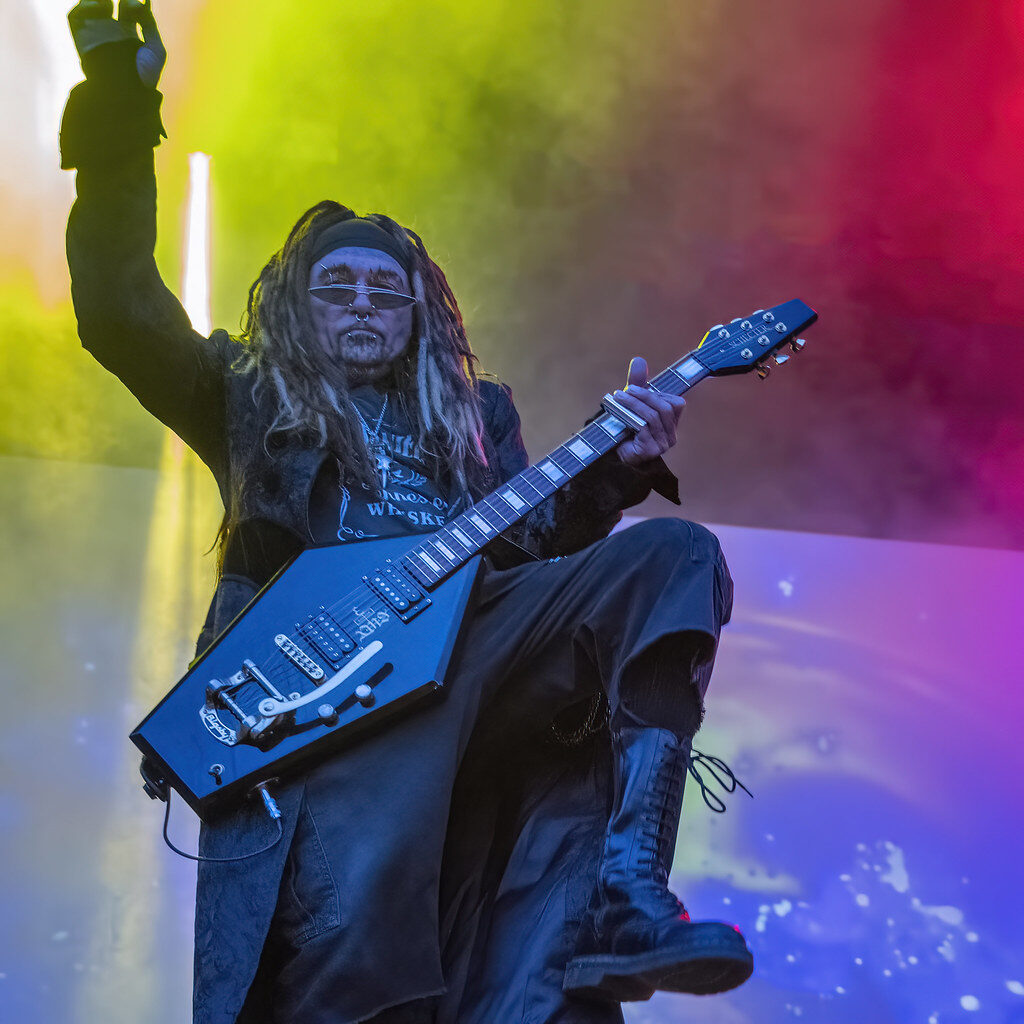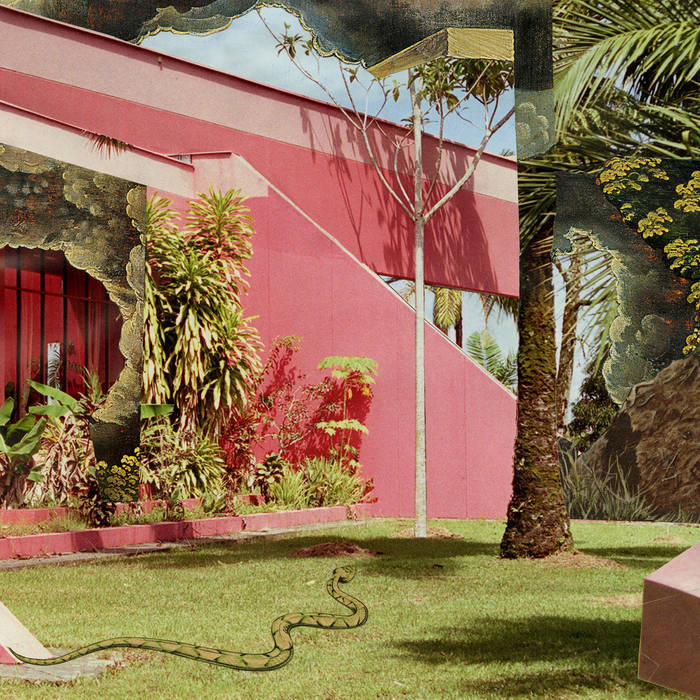By DJ Lil Witch
With the lockdowns a year ago, people have been getting crafty. Making bread, decorating, and making art was at an all-time high. I want to keep the quarantine hobbies alive and well. I am a fan of textile art, specifically weaving. It is a craft that is meticulous but satisfying. To that end, it is something you can get lost in for hours. I have found it is a great time to listen to albums all the way through. My vinyl collection has been getting more attention since I started weaving. But if playlists are more your speed, I have you covered with a mix I made with a relaxing folk weaving vibe as well as more electronic tracks to craft/weave to.
You can find my weaving playlist on Spotify, but one song to highlight is “Weave Me The Sunshine” by Peter, Paul and Mary. It’s the most thematically appropriate song for weaving in my opinion but your crafting songs could be anything from metal to ambient. Blast these tunes and we can get crafting.
Weave at Home with A Beginners Cardboard Loom Guide
You will need: A piece of cardboard, scissors, measuring tape, pen/pencil and yarn (one thin yarn for warping the loom, and others of varying colors and textures to weave with but other materials like paper or ribbon can be substitutes).
Step 1: Make the Loom
Gather the piece of cardboard, scissors, measuring tape and pen/pencil. Mark the top and bottom with dash marks 0.5 cm apart and 1 cm deep. Following the guides you just made, use your scissors and cut slits being careful to keep them a similar length. Now you have a cardboard loom. You can make these any dimensions but a rectangle is standard.
Step 2: Preparing the Loom
For this step, you will take the cardboard loom you just made and some thin yarn or any material you have (I imagine floss could work well). Take the end of your yarn and make a double knot. Slip the knot into the first notch on the top of the loom, the side with the knot will be the back of the loom. Once that knot is secure, pull the yarn down to the first notch on the bottom. Thread the yarn through and around to the next notch on the top. Keep going until the loom is full or the width you want for your weaving. Both sides should be covered in yarn (called the warp).
Step 3: Start weaving
You are almost there. Now it’s time to begin the actual weaving process. Take a piece of yarn and begin threading it over and under the warp. You can leave a tail hanging out. Once you get to the end, bring the yarn to the next row by threading it the opposite way. Make sure to push each line down tight. It takes practice and you might mess up, but you can always pull the yarn out and redo it. After a while, this process will be second nature and intuitive.
Once you run out of the yarn you started with you can add more of the same kind or a new color. You pull the old yarn to the back of the weaving on a stitch that goes under the warp, tucking it between the weaving and the loom. Then you can take the new yarn and tuck the end of it one strand over from the old yarn. Without tugging too hard, begin weaving with the new yarn, following the pattern you created. There will be two tails in the back but we can deal with that later.
Step 4: Additions
As you continue weaving you might want to add things like tassels. Tassels are pretty simple. You just need a piece of yarn. Fold it in half so it looks like a lowercase “n”. Take one leg of the “n” and wrap it around and through the middle of the warp yarn. Take the other leg and wrap it through the middle and pull down. These can be over two warp strings or several depending on your preference. Try out a bunch of things and see which you like best. You can do a couple of rows of tassels to bulk it up or you can make shapes with them.
Step 5: Take the Weaving off the Loom
Once you’re happy with your weaving you can cut it off the loom. Turn the loom over to the back and cut the warp in the middle.
Once the strings are cut you can gently remove them from the tabs on the top and bottom of the loom. There are a couple of ways to finish off a weaving. I like to take two strings and tie them into a double knot and go along until all of the strings are tied. It keeps the weaving from unraveling. I like the look of knots across the top and bottom but if you don’t you can tuck the strings into the back of the weaving with a large-eyed needle. As a final step you can take the tails you left out in the back of the weaving and tuck them into the back of the weaving.
And you are done. You have a beautiful weaving to remind you of all the songs you listened to while making it. You can hang it up, turn it into a patch, bag or pillow. The opportunities are endless.

